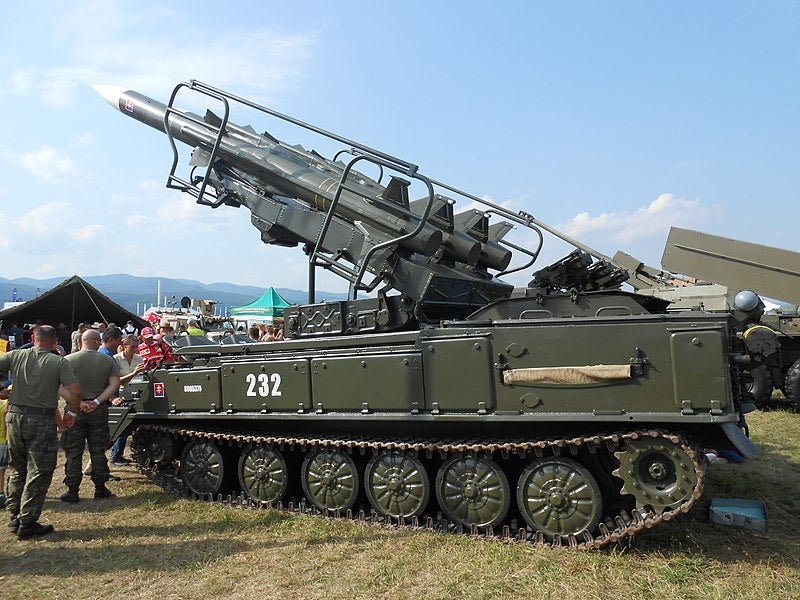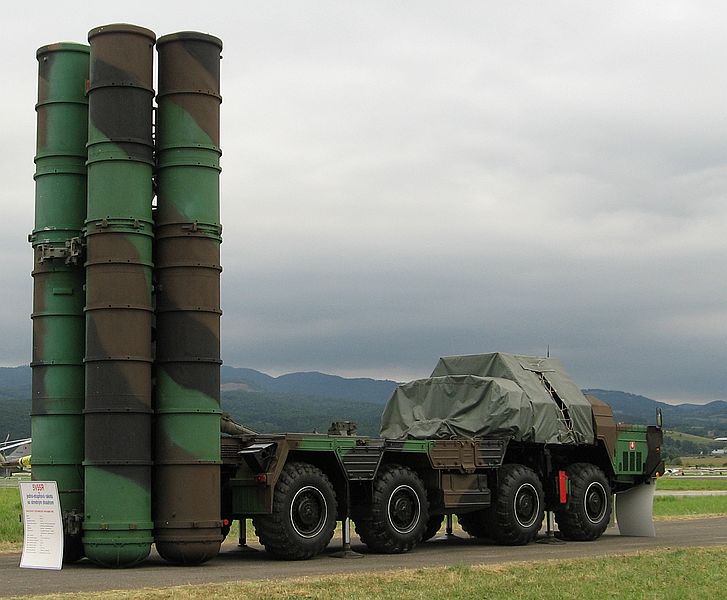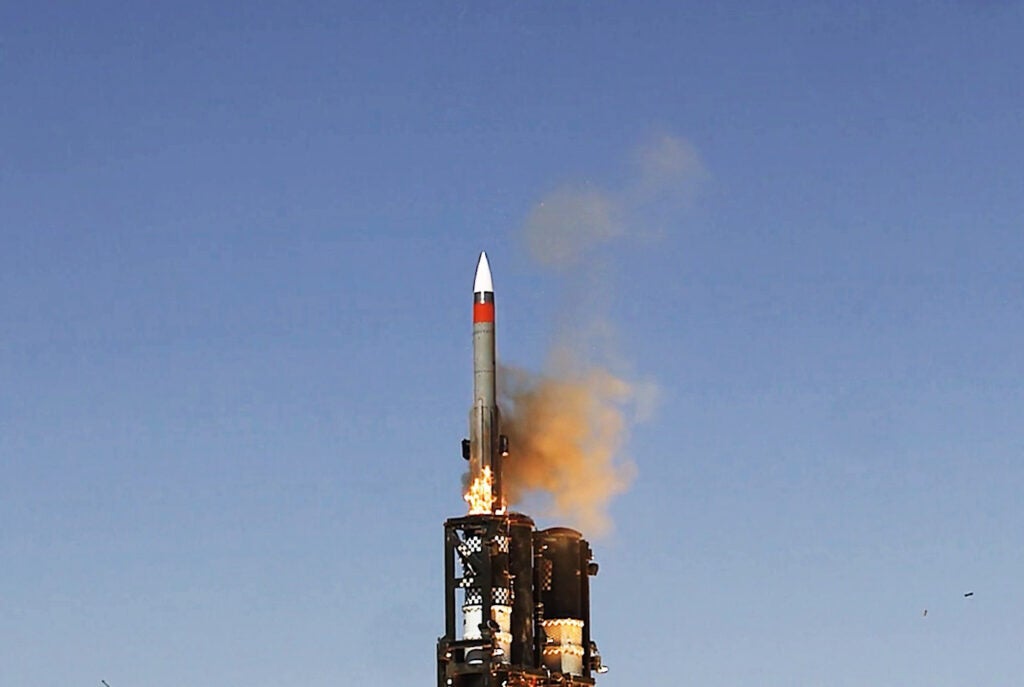Slovakia is Replacing its Soviet 2K12 Kub Systems With Israel’s BARAK MX Medium-Range Air Defense Systems
Slovakia is preparing to sign a 554 million euro ($615 million) intergovernmental agreement [G2G] with Israel to supply BARAK MX medium-range surface-to-air missile systems.
The Bratislava government has opened a tender to replace the old Soviet 2K12 Kub mobile medium-range anti-aircraft systems with advanced and modern systems to strengthen the country’s air defense systems following Russia’s unjustified aggression against Ukraine in 2022. The winner of the competition, which included highly sophisticated and high-quality air defense systems such as IRIS-T, VL MICA, and NASAMS, was BARAK MX, jointly developed by the Defence Research and Development Organisation of India (DRDO) and Israel Aerospace Industries (IAI).

The BARAK MX air defense system is a highly flexible and modular solution designed to counter various air threats, such as fighter jets, helicopters, unmanned aerial vehicles, cruise missiles, and tactical ballistic missiles (TBMs). The system consists of a command and control system, tracking radar, rockets, and three launchers, each equipped with eight missiles. IAI offers users three types of BARAK interceptors for launchers: MR (Medium Range) with a range of 35 km using a single pulse rocket engine, LR (Long Range) with a range of 70 km using a dual pulse rocket engine, and ER (Extended Range) with a range of 150 km using a dual pulse and booster rocket engine for enhanced TBM defense capability. All interceptors have active high-end RF seekers designed to engage low radar cross section (RCS) and highly maneuverable targets. The system can also be integrated with various sensors, radars, and command and control networks, enabling effective coordination and information sharing between different air defense systems.
As a participant in the European Sky Shield Initiative (ESSI), which envisages the construction of a land-based integrated European air defense system capable of intercepting ballistic missiles against a possible Russian threat, Slovakia’s preference for the Barak MX over the products of European manufacturers, which could provide better compatibility with its neighbors and allies, was mainly due to IAI’s low bid price compared to its competitors. According to Slovak Defence Minister Robert Kalinak, during the negotiations, Bratislava managed to reduce the cost of the Barak system from EUR 128 million per unit to EUR 92 million. Other influential reasons were IAI’s promised early delivery schedule and the compatibility of these systems with the 17 multi-purpose 3D radars already ordered by Slovakia from Elta Systems in 2021.
Defence Minister Robert Kalinak told state news agency TASR that the intergovernmental agreement will be signed in October, following negotiations between the parties on the final terms, and that the first system will arrive in the country as early as 2025. Kalina also said that in addition to the Barak MX, the purchase will include radars, missiles, and related equipment and that the Slovak arms industry will also be involved in the deal.

Slovakia’s acquisition is only part of Bratislava’s program to acquire modern air defense and missile defense systems at all levels by 2035. The Central European country, which donated the Soviet-designed S-300 air defense system it inherited after the dissolution of Czechoslovakia to Ukraine and currently has only the 2K12 Kub, 9K38 Igla, and two MANTIS donated by Germany to protect the country’s critical infrastructure, will continue to work on the procurement of new advanced air defense systems in the future.

